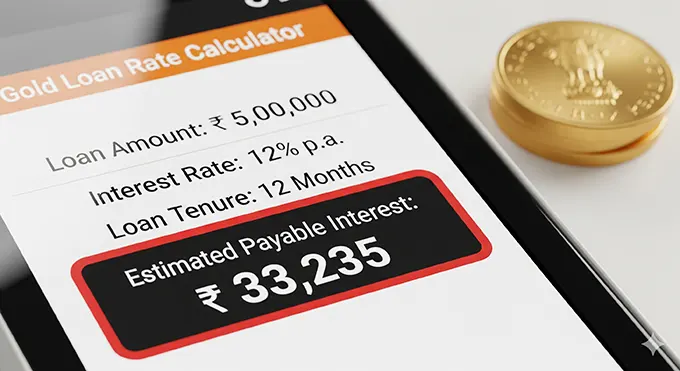Estimating Payable Interest with a Gold Loan Interest Rate Calculator
Gold loans are most likely the easiest of all credit products offered. They are beneficial for people requiring immediate funds with the least documentation. You simply forfeit your gold jewellery or coins and receive a loan on it. The process itself is very simple, but the part that intimidates most lenders is how much interest they will need to repay. That’s where a Gold Loan Interest Rate Calculator comes in handy. It assists you in approximating the overall borrowing cost initially. This helps you make simpler decisions about whether the loan is compatible with your requirements and financial constraints. Let us see how this calculator works and why you should use it prior to applying for a gold loan.
What Is a Gold Loan Interest Rate Calculator?
The gold loan interest rate calculator is an online tool that gives you a fair idea about the interest you will have to …


















